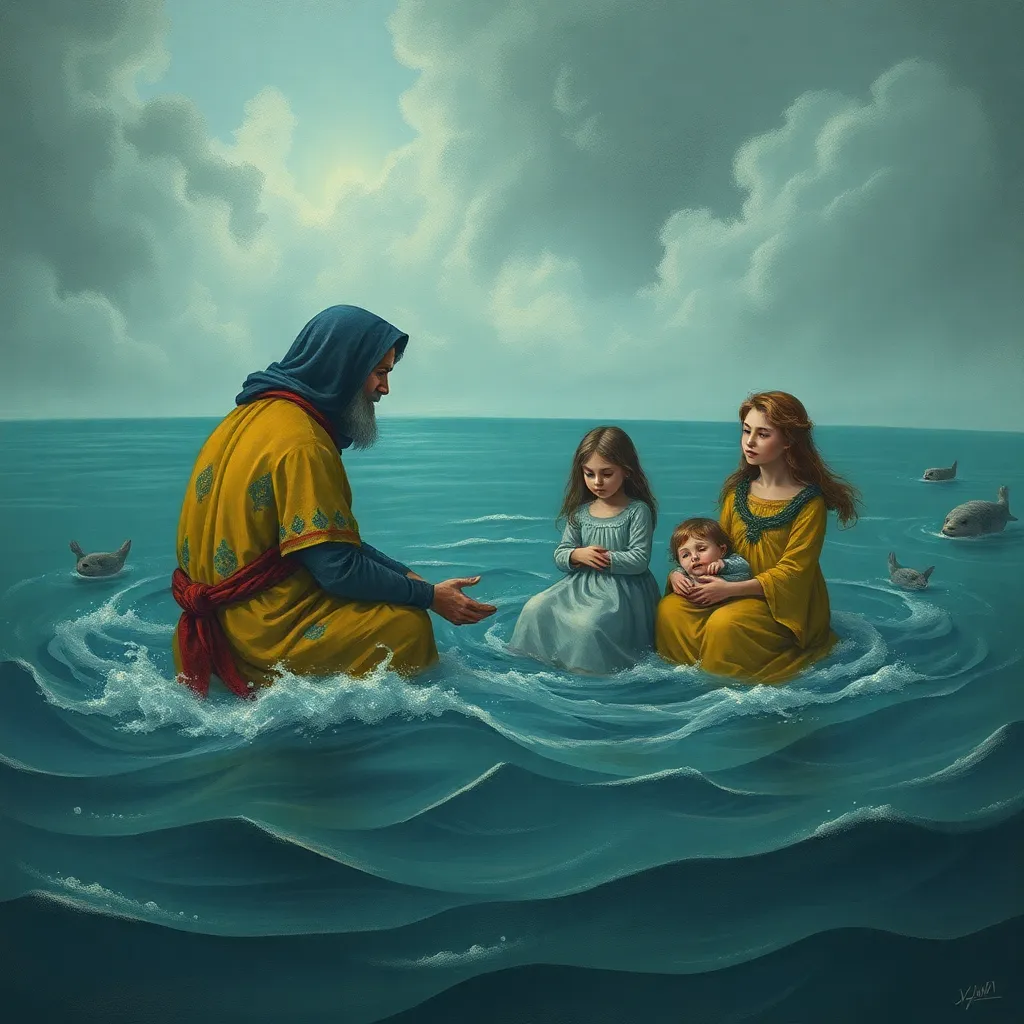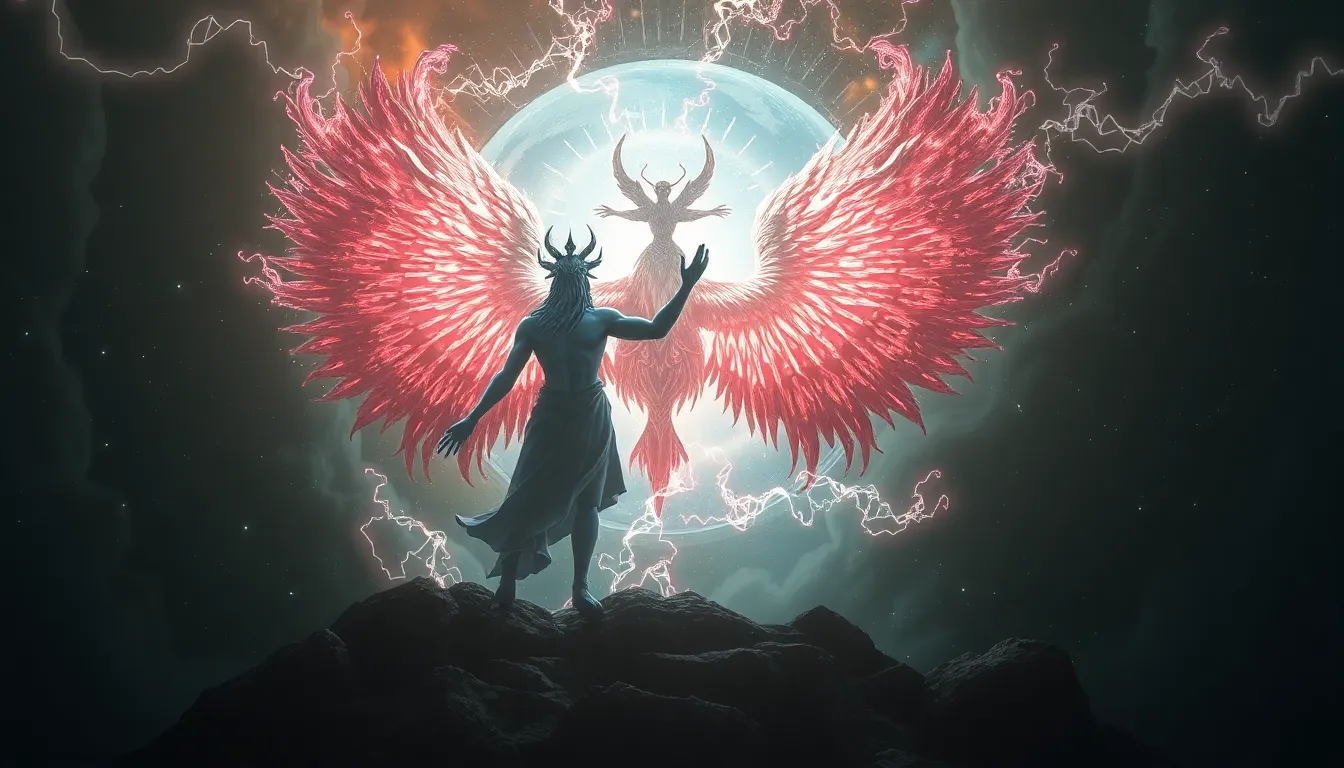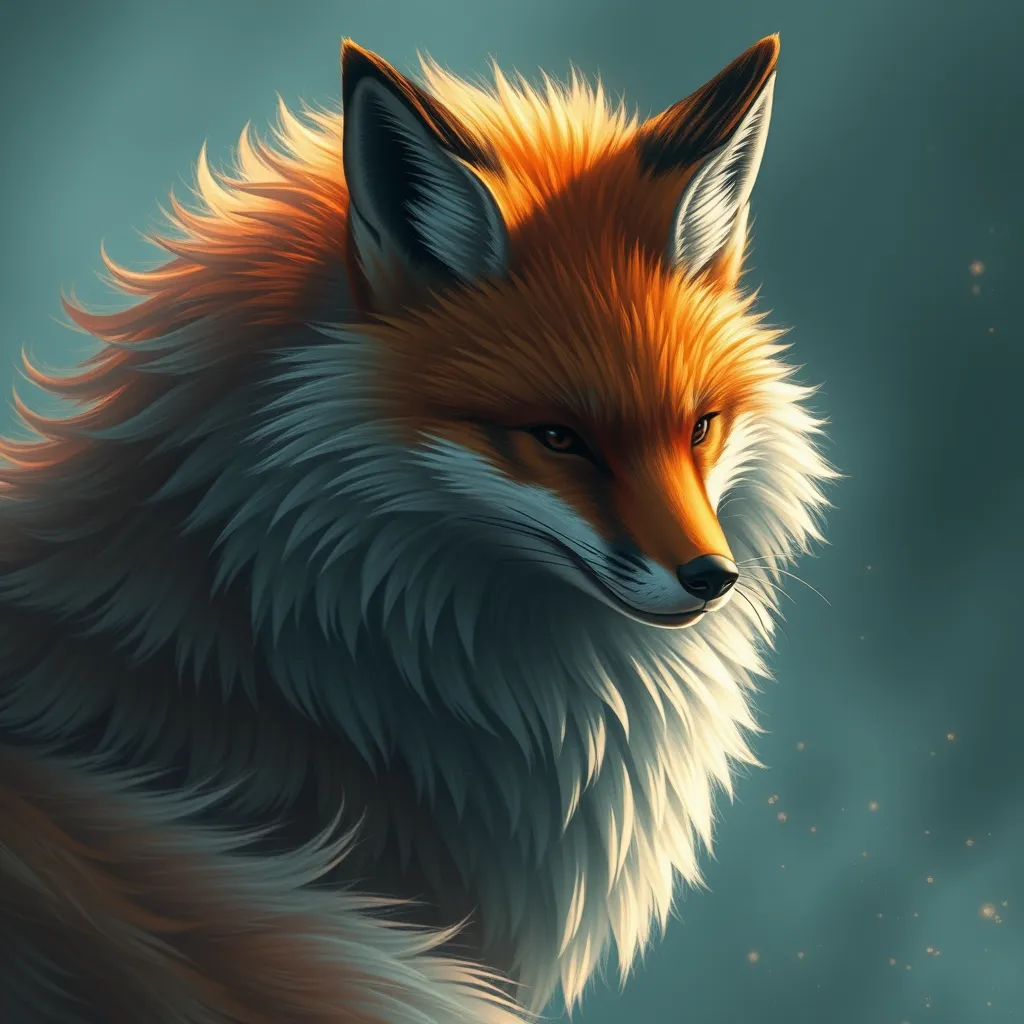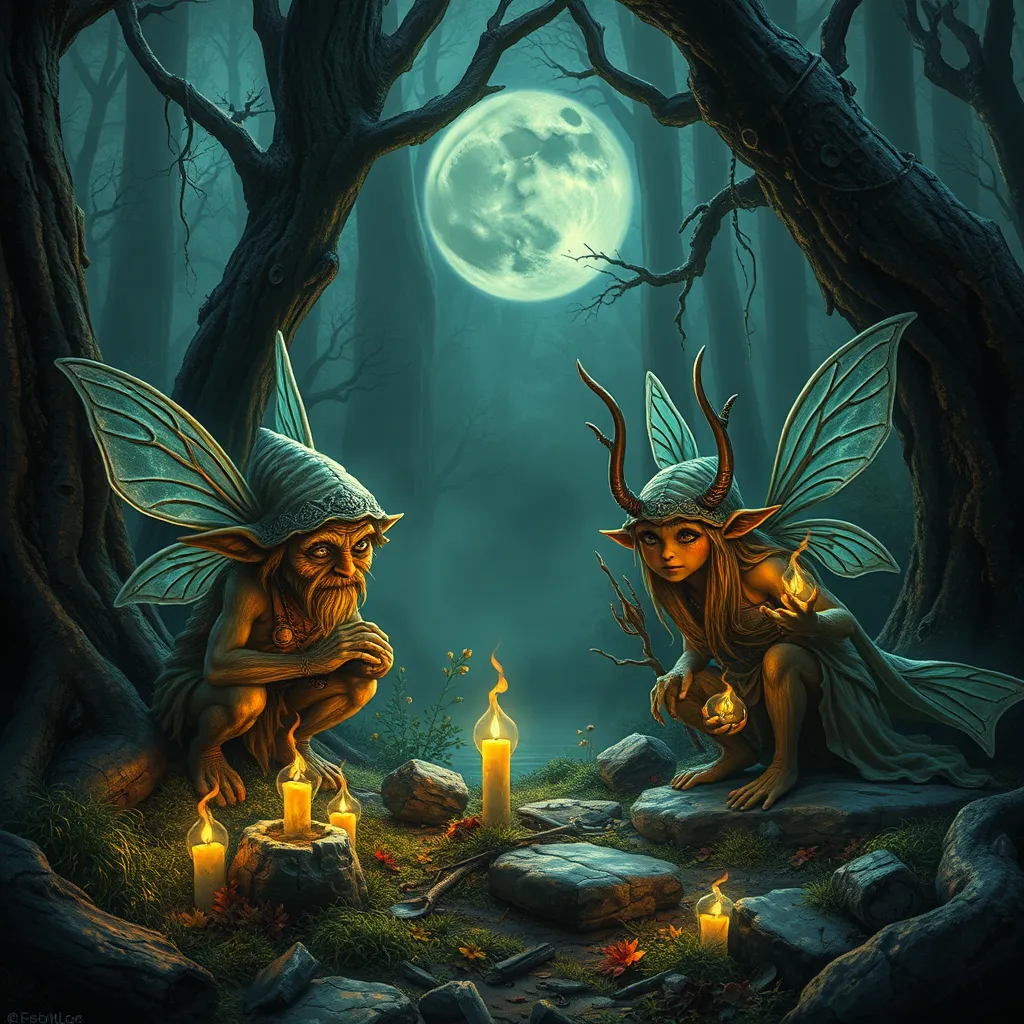The Selkie and the Family: Examining the Myth’s Depiction of Parental Love and Family Bonds
I. Introduction
The mythology of the Selkie, a creature that can transform from a seal to a human, is rich in themes of love, loss, and familial bonds. These stories, prevalent in Celtic folklore, particularly in Scotland and Ireland, often underscore the importance of family and the complexities of parental love. This article aims to explore how Selkie myths depict familial themes, focusing on the emotional ties that bind Selkies to their children and the human families they encounter.
II. The Selkie Myth: An Overview
A. Definition and characteristics of Selkies
Selkies are mythical beings that can shed their seal skin to become human on land. They are often portrayed as beautiful and enchanting, captivating the hearts of humans. Their dual nature symbolizes a connection between the sea and land, embodying themes of freedom and entrapment.
B. Historical origins and cultural significance
The origins of Selkie mythology can be traced back to ancient coastal communities in the British Isles. These tales served to explain the mysterious relationship between humans and the sea, emphasizing the transformative power of nature. In these cultures, the sea was both a source of livelihood and a place of danger, making Selkie legends particularly resonant.
C. Common narratives and variations of the Selkie myth
Common narratives involve a Selkie woman who marries a human man, often after he steals her seal skin. The story typically unfolds with themes of love, loss, and the inevitable return of the Selkie to the sea. Variations exist, including tales of Selkie men who seduce human women, highlighting the complexities of these interspecies relationships.
III. Parental Love in Selkie Narratives
A. Representation of Selkie parents and their children
In many Selkie stories, the parental bond is central. Selkie mothers, in particular, are often depicted as deeply loving and nurturing, torn between their human children and their oceanic origins. This duality illustrates the sacrifices they make for their families.
B. Themes of sacrifice and longing
The longing for home and the sacrifices made in the name of love are prevalent themes. Selkie parents often face heartbreaking choices, such as leaving their children behind to return to the sea. These narratives evoke a deep emotional response, highlighting the pain and devotion inherent in parental love.
C. Analyzing specific stories that highlight parental devotion
- The Selkie Wife: In this tale, a fisherman captures a Selkie’s skin and marries her. When she eventually finds her skin, she must choose between her human family and her true nature, illustrating the conflict between love and identity.
- The Tale of the Selkie Child: A Selkie mother is forced to leave her human child behind when she returns to the sea, showcasing the enduring bond and heartache of a parent’s love.
IV. Family Bonds and Human Relationships
A. The interplay between Selkie and human families
The interactions between Selkie and human families often reveal complex dynamics. These relationships are marked by love and betrayal, reflecting the multifaceted nature of familial ties. The Selkie’s arrival disrupts the human family unit, leading to both enchantment and turmoil.
B. Examination of love, betrayal, and reconciliation
Many Selkie narratives explore themes of betrayal, particularly when a Selkie’s partner betrays their trust. Yet, these stories also emphasize the possibility of reconciliation, suggesting that love can overcome even the most profound challenges.
C. The impact of the Selkie’s dual existence on family dynamics
The Selkie’s ability to shift between two worlds creates tension within familial relationships. This duality can lead to feelings of abandonment among human children or partners, as they grapple with the Selkie’s ties to the ocean and their own longing for connection.
V. The Role of Nature and Environment
A. Symbolism of the sea in family relationships
The sea serves as a powerful symbol in Selkie stories, representing both the allure of freedom and the depths of emotional turmoil. It often acts as a barrier to familial unity, illustrating how natural forces can influence human relationships.
B. The connection between natural elements and emotional bonds
Natural elements, such as the ocean and the shoreline, are intertwined with the emotional landscapes of characters. The ebb and flow of the tides can mirror the ups and downs of family life, emphasizing the cyclical nature of love and loss.
C. How nature shapes parental roles and family interactions in Selkie tales
The environment in which Selkies and humans exist shapes their interactions. The isolation of coastal life can intensify familial bonds, but it can also lead to loneliness and longing when one parent is drawn back to the sea.
VI. Cultural Interpretations of Family in Selkie Legends
A. Variations across different cultures (Scottish, Irish, etc.)
Selkie legends vary significantly across cultures. In Scotland, the tales often focus on the deep emotional ties between Selkies and their human families, while Irish versions may emphasize the playful and mischievous nature of Selkies.
B. How cultural context influences the depiction of familial themes
Cultural contexts shape how familial themes are portrayed. In some cultures, the focus may be on the tragedy of separation, while in others, the stories may highlight resilience and the enduring power of love.
C. Comparative analysis with other folklore involving shape-shifting beings
Similar to Selkie myths, other folklore featuring shape-shifting beings, such as the Japanese Kitsune or Native American skinwalkers, also explores themes of identity and familial bonds. These comparative narratives reveal universal truths about love and sacrifice.
VII. Modern Adaptations and Their Impact on Family Narratives
A. Contemporary retellings of the Selkie myth
Modern adaptations of Selkie tales have emerged in literature, film, and other media. These retellings often reimagine the narratives to reflect contemporary issues surrounding family and identity.
B. Changes in the portrayal of parental love in modern interpretations
Contemporary interpretations may delve deeper into the emotional complexities of parental love, portraying Selkies as not only mystical beings but also as relatable parents facing modern challenges.
C. The relevance of these stories in today’s discussions on family
As discussions around family dynamics evolve, the themes present in Selkie myths continue to resonate. These stories serve as a lens through which to examine contemporary issues of identity, belonging, and the nature of love.
VIII. Conclusion
A. Summary of key findings regarding family and parental love in Selkie myths
This exploration of Selkie mythology reveals a profound depiction of family and parental love, illustrating the sacrifices and emotional depth present in these narratives. The interplay between the human and Selkie worlds emphasizes the complexities of love and identity.
B. The enduring legacy of the Selkie in understanding familial bonds
The Selkie myth continues to captivate audiences, offering timeless insights into the nature of familial bonds. These stories remind us of the universal experiences of love, loss, and longing.
C. Reflection on the importance of folklore in shaping contemporary views on family
Folklore, such as the tales of Selkies, plays a crucial role in shaping our understanding of family dynamics. As we navigate modern relationships, these ancient stories provide valuable perspectives on the enduring power of love and the complexities of family life.



